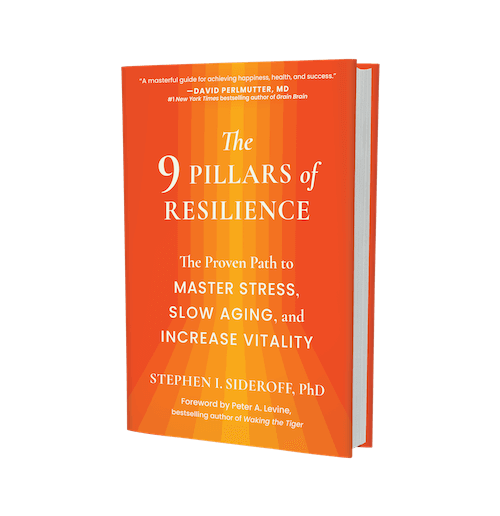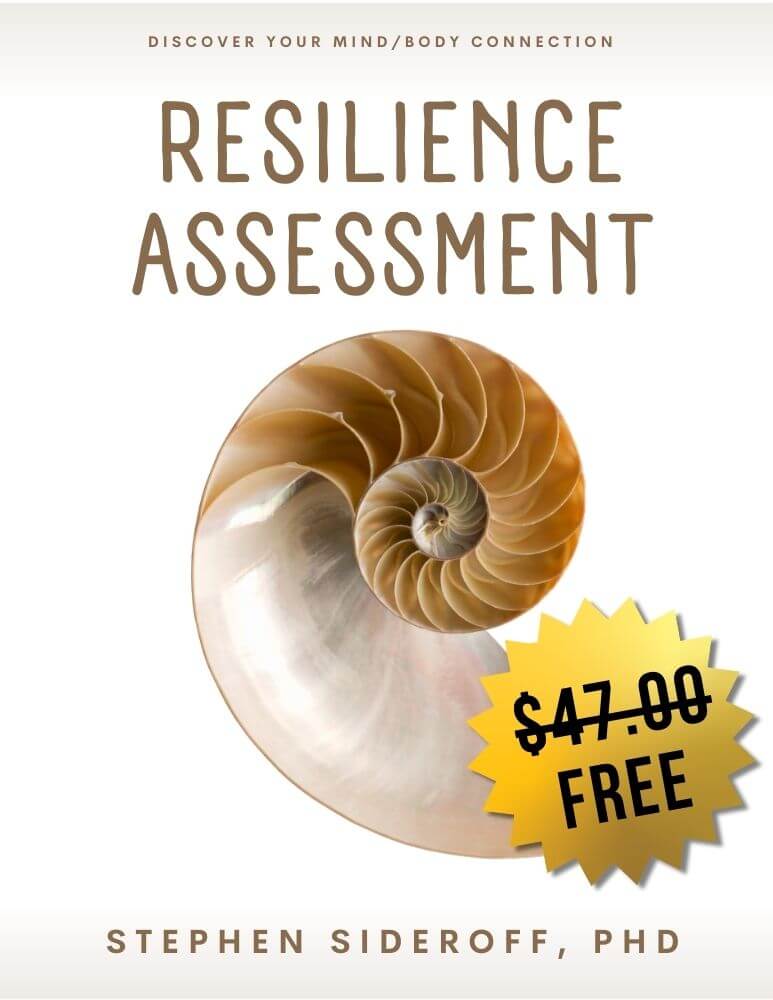Posted in Psychology Today January 11, 2016
At the start of each year I encourage my clients to take advantage of the New Year by taking charge and designing it for greatest resilience and success. That’s right, you have more power than you think and it begins with being proactive rather than reactive. Intention helps you determine “The Path” you will take, instead of leaving it to either chance or your unconscious choices.
In the area of stress we have learned that feeling in control of one’s life significantly reduces the impact of stress. The first step to experiencing that sense of control is to establish intentions for what you want. Intentions and the ongoing focus on them create invisible lines of growth and attraction. With the right intentions, ones that support your healthy growth, this process will help propel you toward their achievement.
The partner of intentions is a focus on what’s possible; or rather, a belief that the intentions identified are possible. Most of the time there is more of a focus on what’s not possible or at least – what’s difficult. Here is where I expand the definition of intention. There is an unconscious aspect where a simple statement such as, “this will be difficult to do” actually creates lines of forward movement that are soaked in resistance. In other words, worrying that something won’t happen, that it will be too difficult, that all sorts of factors might interfere with your success, create negative intentions and interfere with success – creating more stress in the process.
Right now identify something that you would like to happen during this New Year, 2016. It might be a new relationship or it might be some level of success in your career. But for the purposes of this exercise I suggest choosing greater resilience as exemplified in such goals as handling stress better, more energy, or less illness and symptoms. As you do this, be as specific as you can about the result you want. The next step is to be able to say that this outcome is possible. This doesn’t mean it’s a sure thing and it doesn’t necessarily mean it will be easy or even that the odds are in your favor. It simply means it is possible.
Let me explain the importance of this simple principle. For many years, breaking the 4-minute mile in track and field was thought to be impossible. It was such a long-standing barrier that even scientists said it could not be done. And then one day in June 1954, Roger Bannister, an Australian, broke the 4-minute mile with a time of 3 minutes, 59.4 seconds. The recognition of the possibility of this feat resulted in 10 other runners breaking this barrier within one year of Bannister’s triumph. In other words, the myth of its impossibility held runners back and the reality of its possibility yielded numerous breakthroughs.
Once you establish your intentions and specific goals you want to be able to say to yourself, “this intention of mine is possible to achieve”. The more you can visualize The Path to achievement, the more you will believe in this possibility. For example you might realize that by practicing a relaxation exercise on a daily basis you will have greater ability to stay calm or you will recover faster after a stressful experience. While you may never have been able to consistently practice a relaxation exercise in the past, you know that it is possible. You then want to focus on how it is possible and perhaps your next step would be to put it into your daily schedule so you don’t forget.
Right now, follow through with establishing a goal/intention around resilience, decide that it’s possible, and then plan how you will make it happen with specific steps. You are now on The Path to a more resilient 2016. In my next blog, we will move to Part 2: feeling like you deserve good things in 2016 and overcoming self-sabotage.

